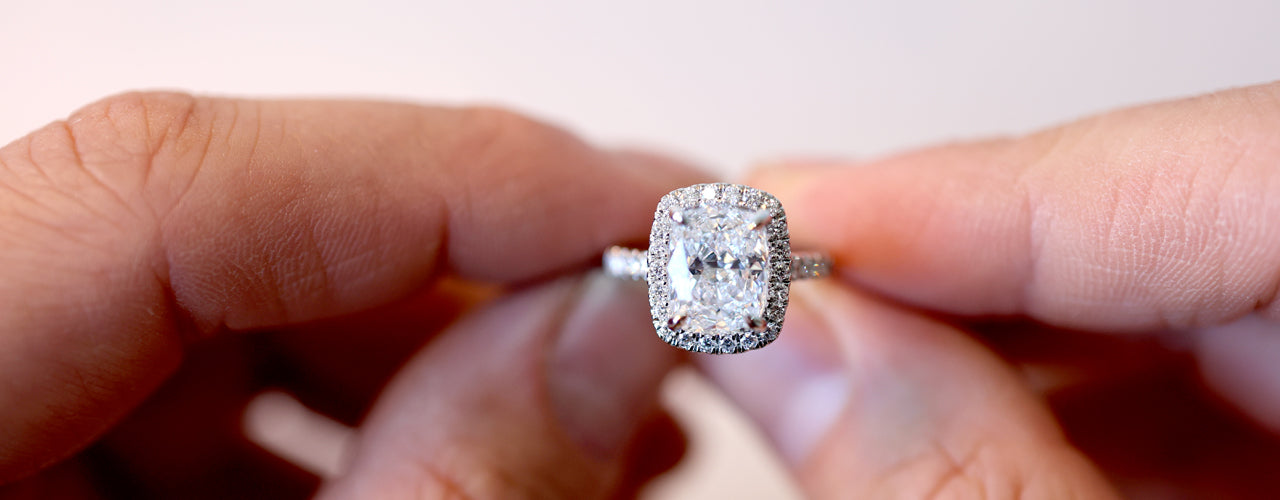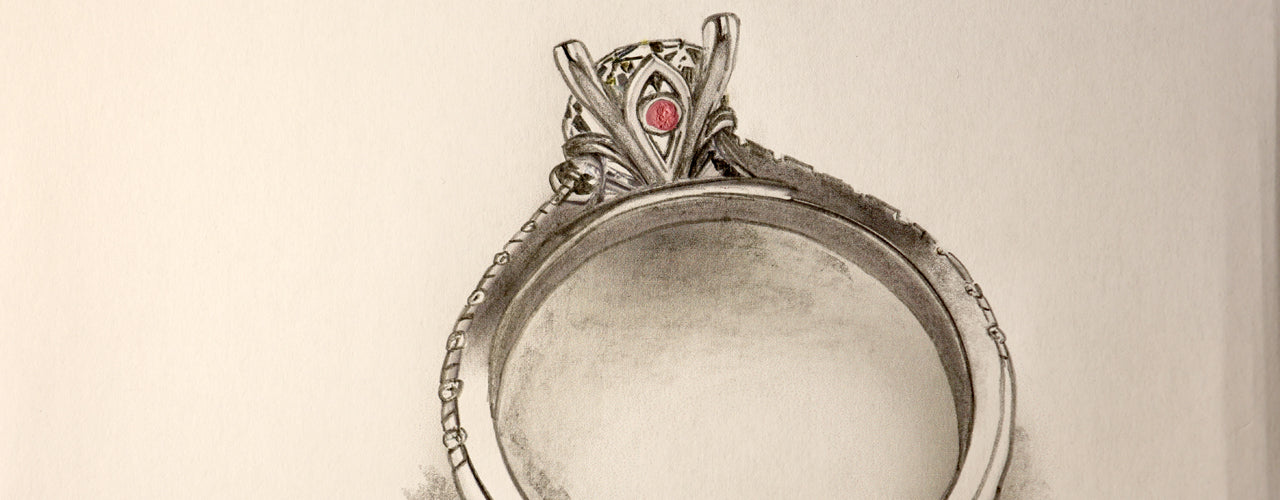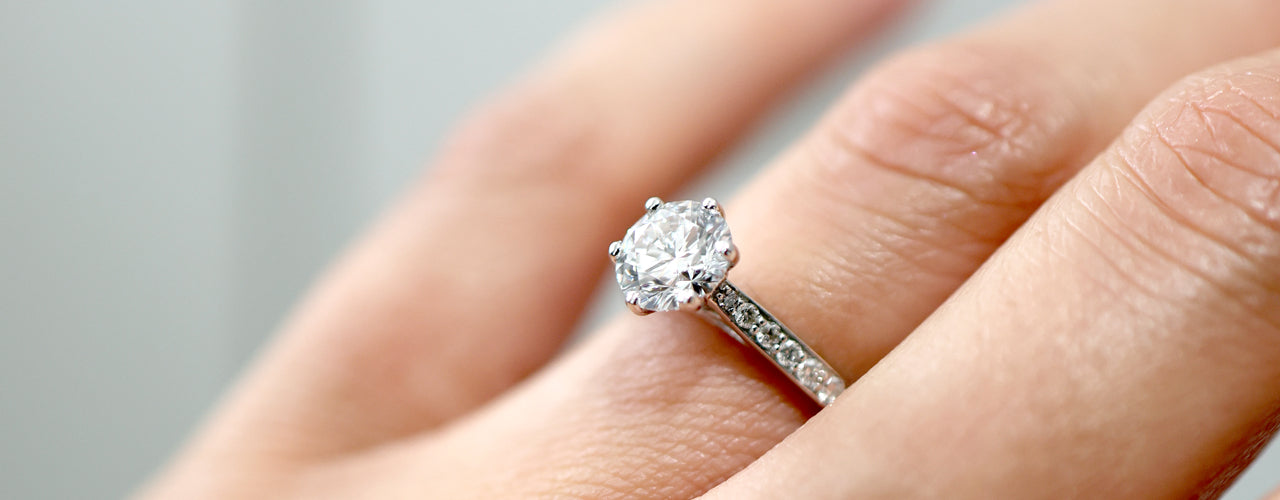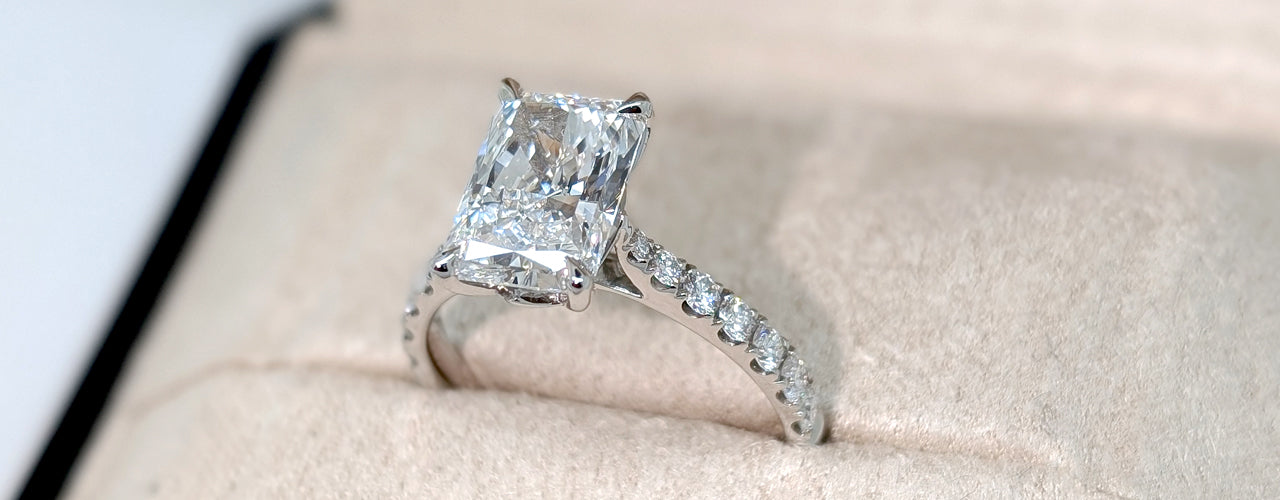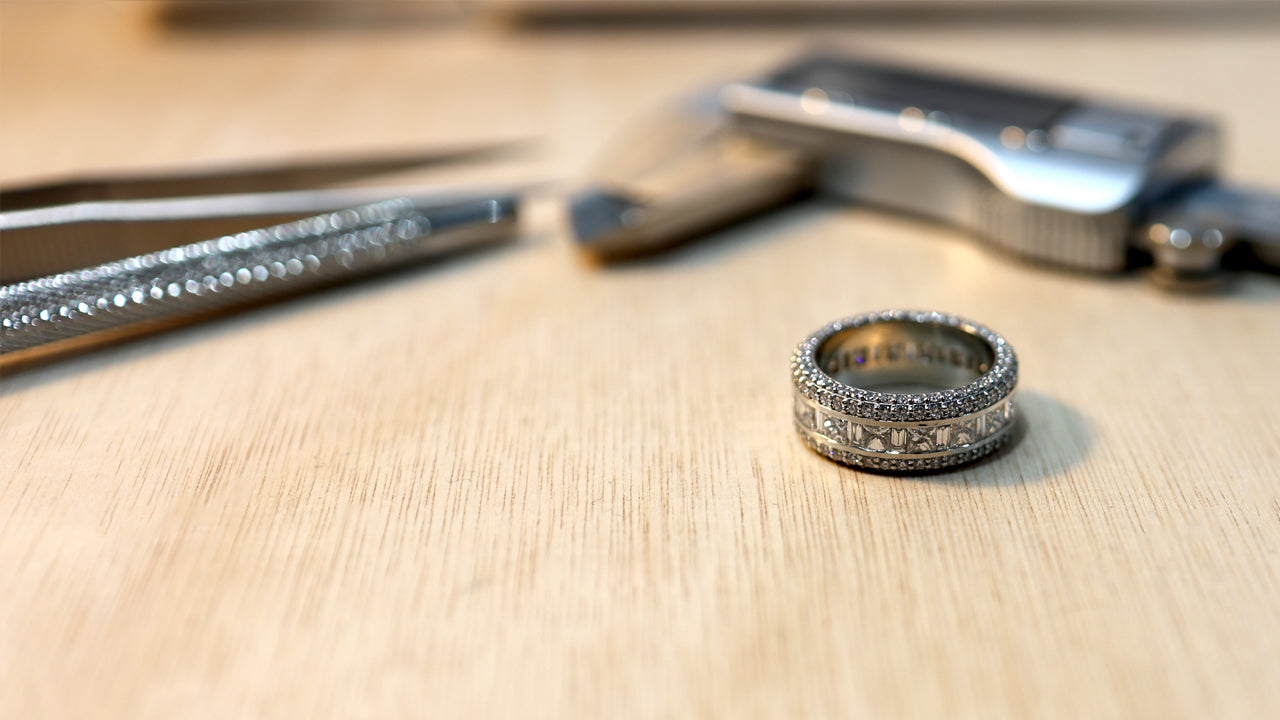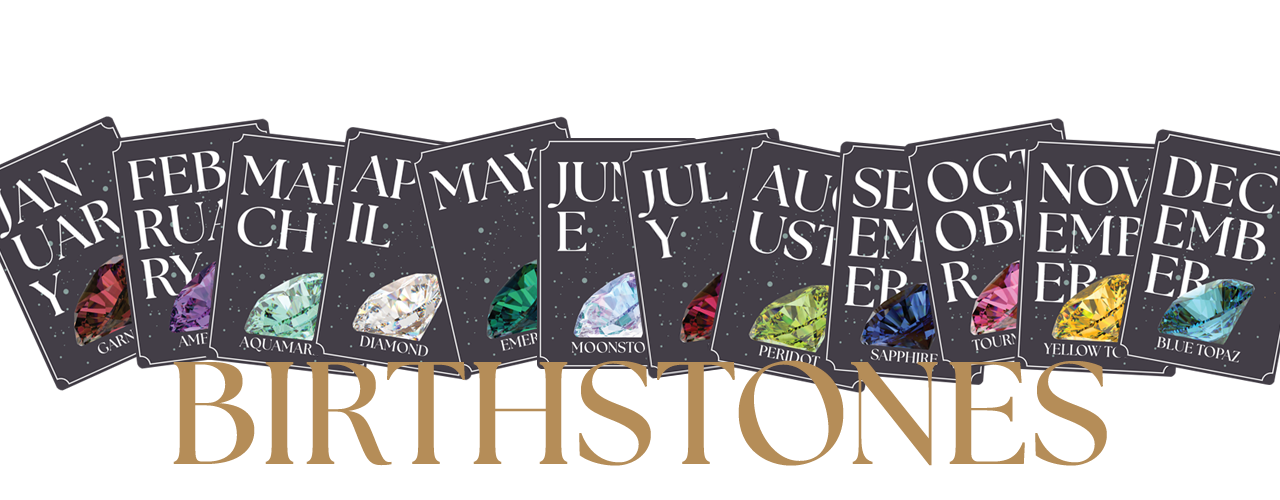
Learn more about what Gemstones represent
WORKSHOP | Birthstones Explained
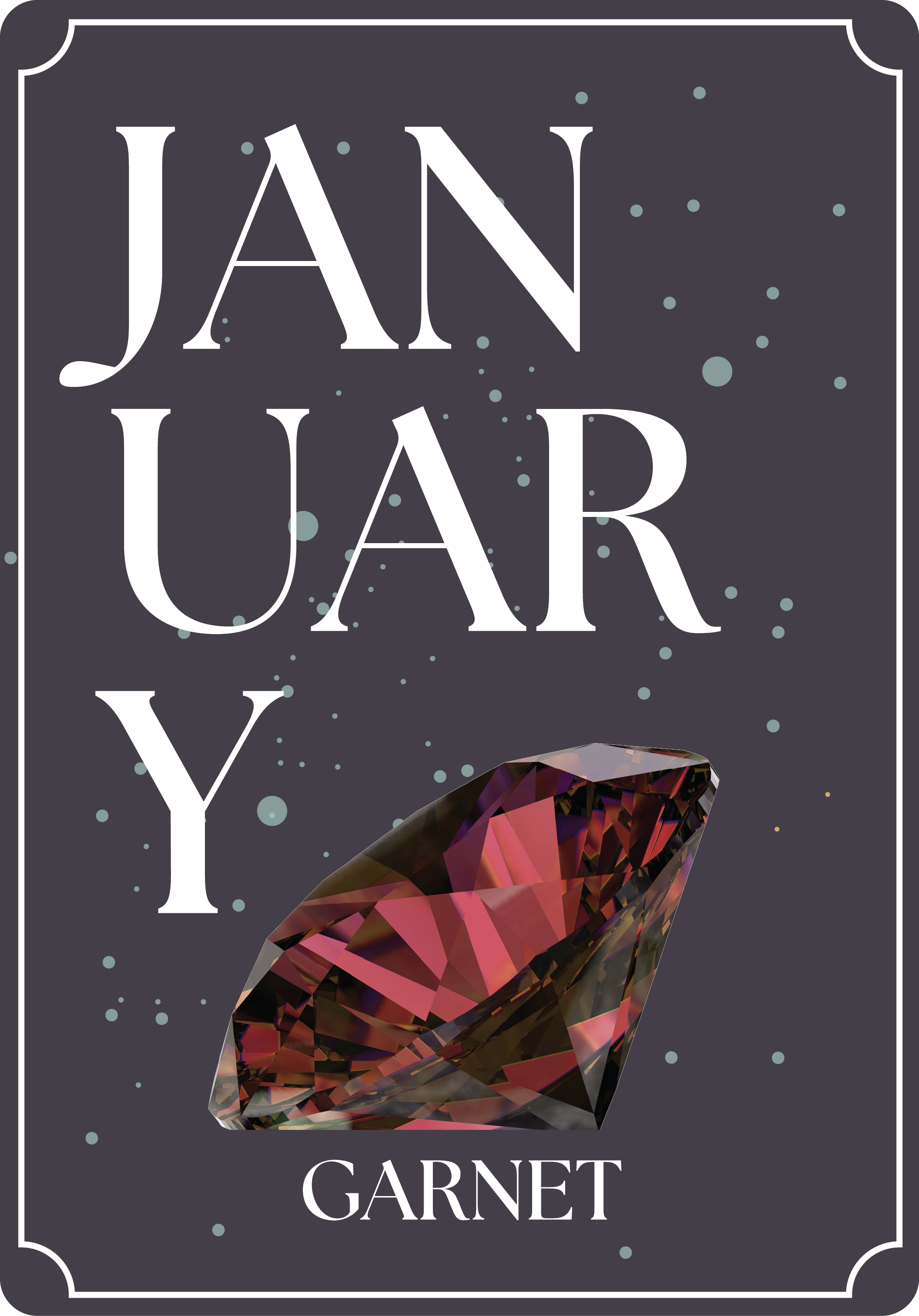
Modern Birthstone
JANUARY
The Garnet is a gemstone that enjoys global recognition as the Birthstone of January, as it is featured in both modern and Traditional Western, Ayurvedic, Arabic, Hebrew, Italian, Polish, Roman & Russian birthstone lists.
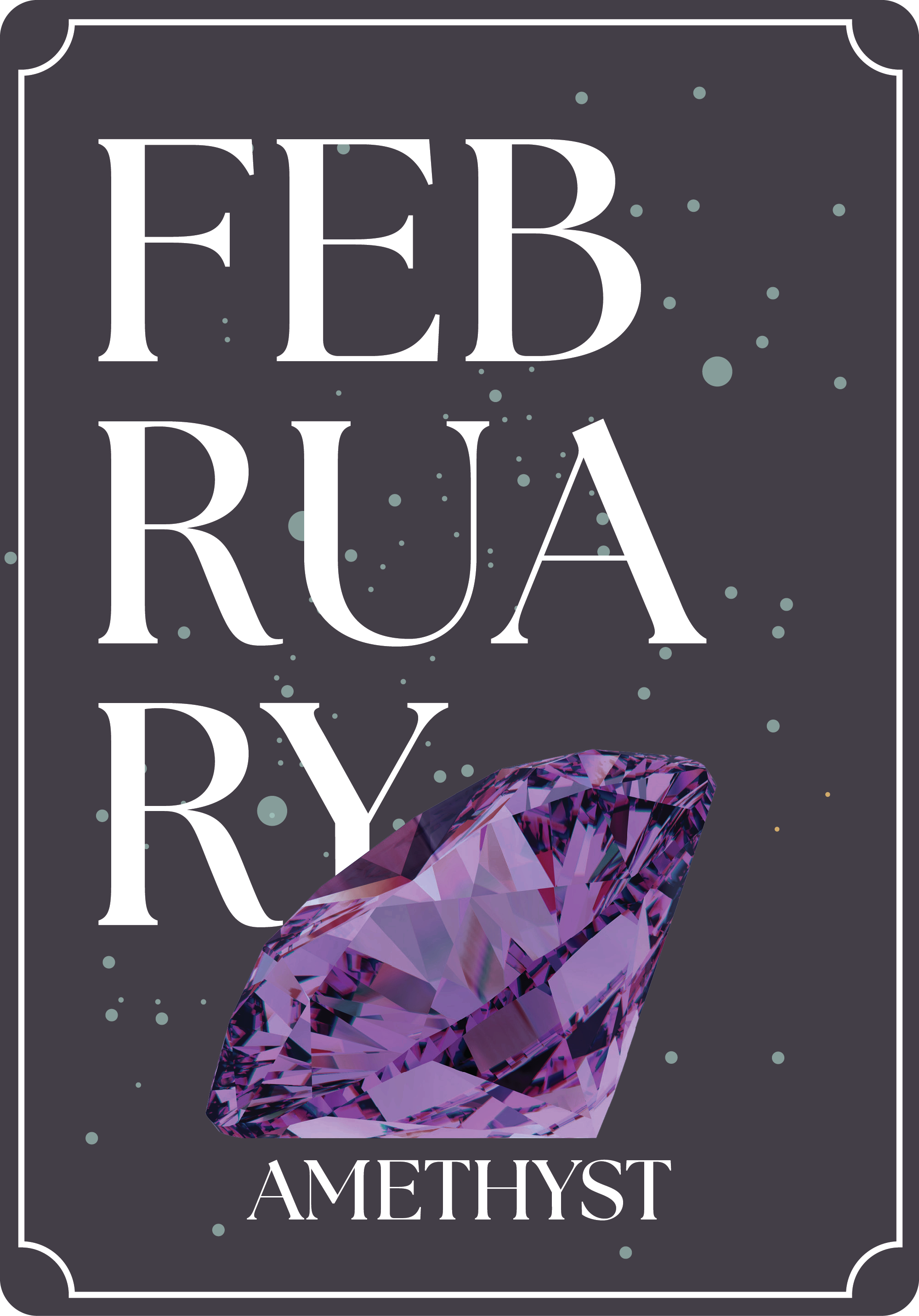
Modern Birthstone
FEBRUARY
February's birthstone is amethyst, chosen for its historical and symbolic connections to the month, especially concerning St. Valentine and the Roman festival of purification. Amethyst, a purple variety of quartz, is thought to symbolise peace, clarity, and spiritual growth.
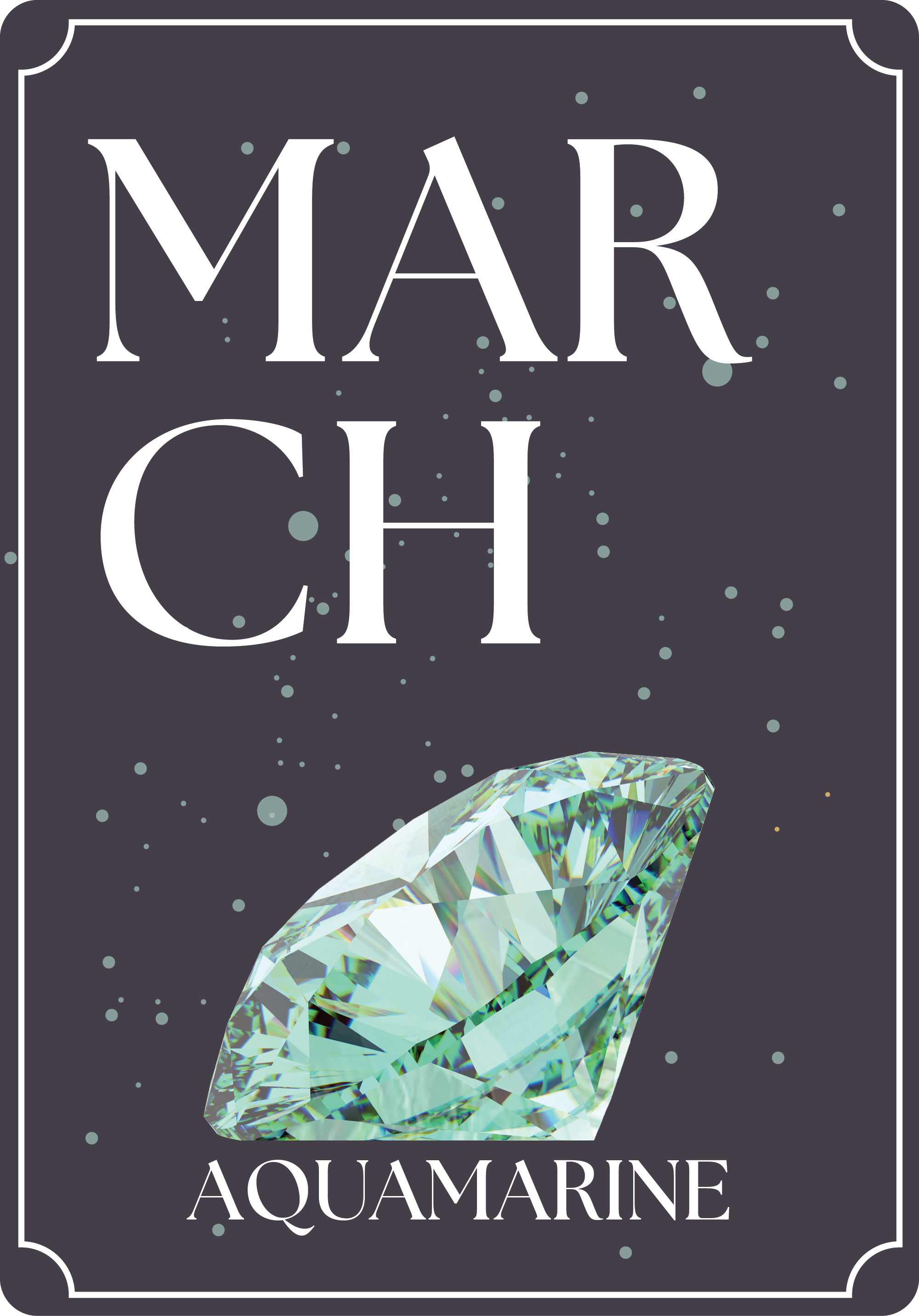
Modern Birthstone
MARCH
March's birthstone is commonly recognised as Aquamarine in modern times, but this has not always been the case historically. Traditionally, only Arabic, Hebrew, Polish, and Roman cultures associated March with Aquamarine. It is believed that Aquamarine gradually replaced Bloodstone and Jasper because the consumer market preferred a more accessible and affordable gem.
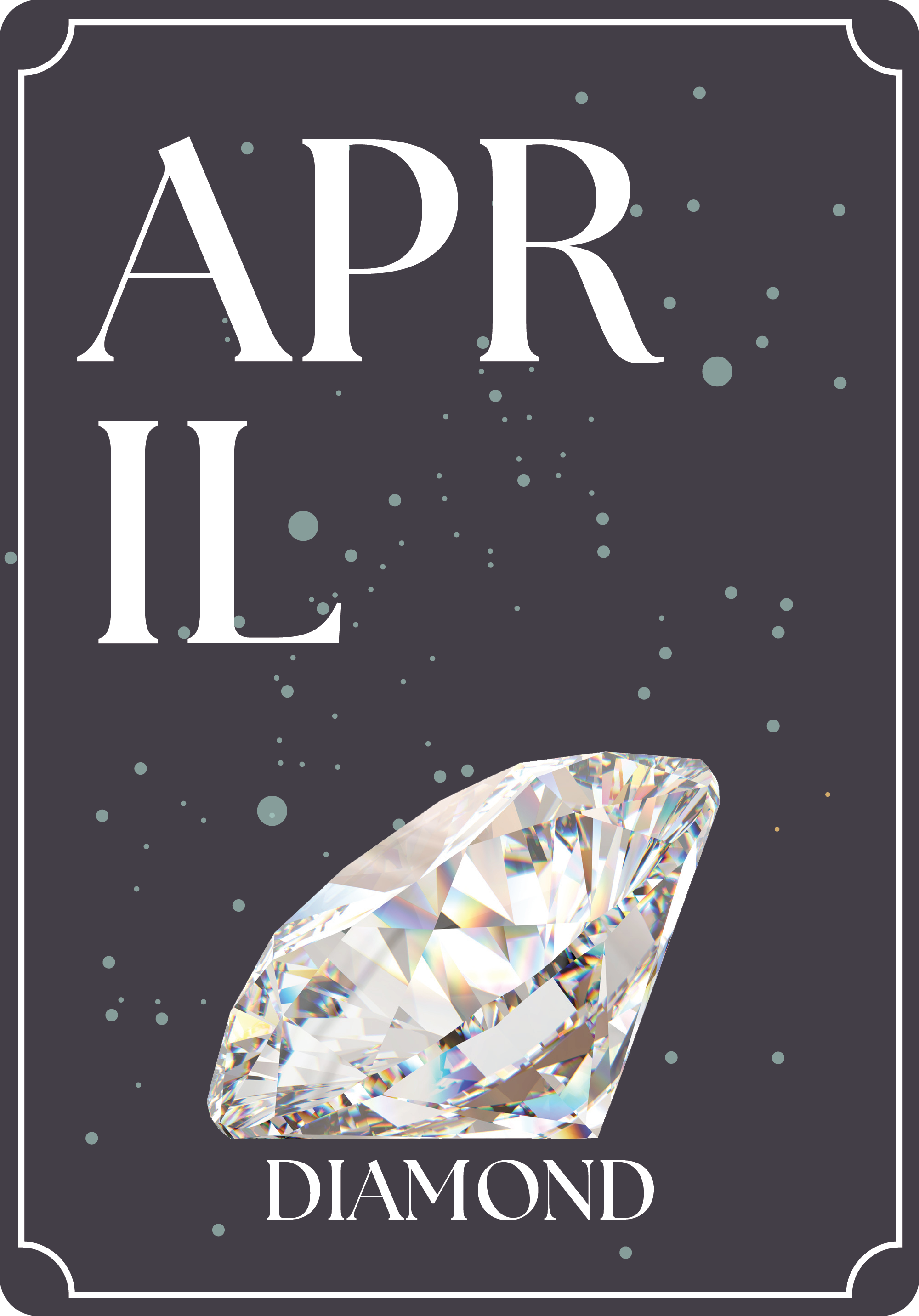
Modern Birthstone
APRIL
The diamond became April's birthstone in 1912 when the American National Retail Jewellers Association standardised birthstones for the world; however, many Middle Eastern and Mediterranean countries associated sapphires with April, not diamonds.

Modern Birthstone
MAY
Emerald is the birthstone for May, as its vibrant green colour symbolises spring and new beginnings, reflecting the month’s association with growth and rebirth. Emeralds are an ancient and popular gemstone, believed to have been mined since 330 BC by the Egyptians, and are said to have been Cleopatra's favourite gem.
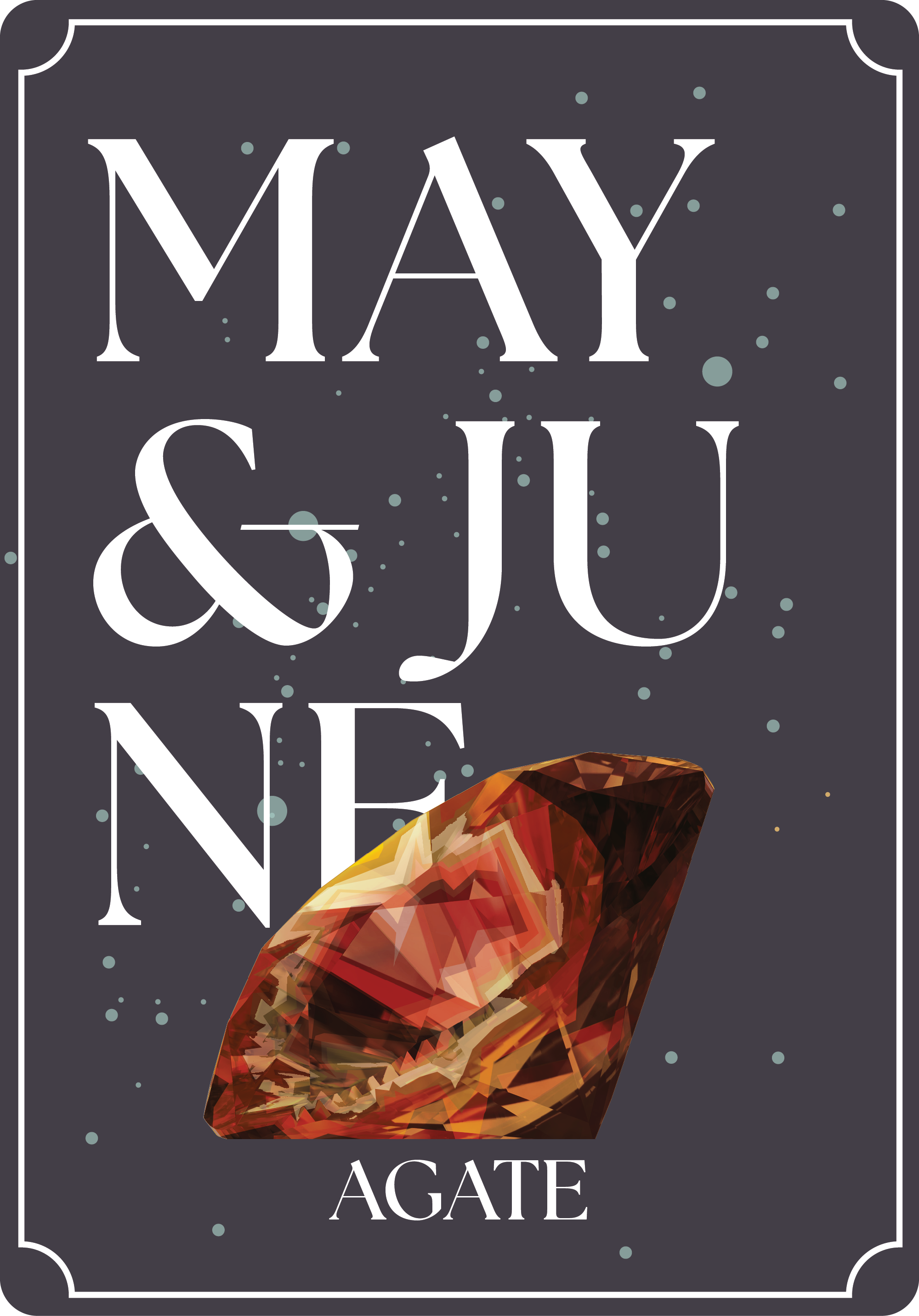
Traditional Birthstone
MAY & JUNE
Agate has historically been associated with the month of May in various cultures, including Ayurvedic, Hebrew, Italian, and Roman traditions. In contrast, Arabic, Polish, and Russian cultures have linked Agate to June. In modern times, however, Agate is often replaced by Emerald, Pearl, or Alexandrite as the birthstone for May and June. This shift is primarily due to the superior light refraction of these stones and their greater availability for use in jewellery.

Modern Birthstone
JUNE
Moonstone is not officially recognised as a birthstone for any specific month, but it is associated with the zodiac sign Gemini. In Ayurvedic beliefs, moonstone is closely connected to the moon and lunar energy, which plays a significant role in many aspects of Ayurvedic principles. As a result, it is often associated with the month of June, primarily as a gemstone known for its ability to help address imbalances.
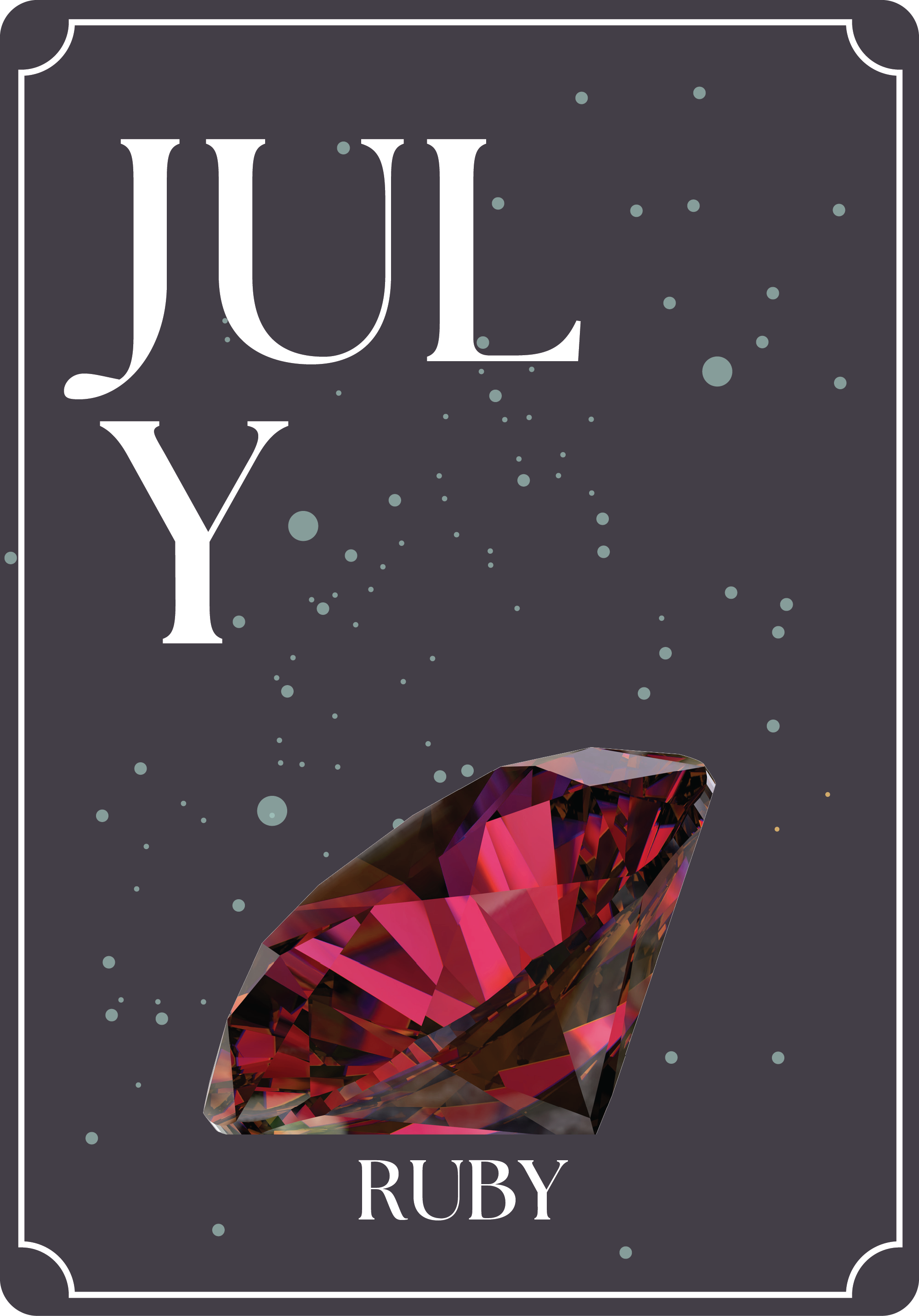
Modern Birthstone
JULY
Rubies have long been associated with the month of July, both mystically and religiously. They are also the primary gemstone for those born under the Cancer zodiac sign, which includes births up until July 22nd. In earlier centuries, rubies were thought to foresee misfortune or danger and even cure inflammatory diseases and calm anger. Burmese warriors considered them to be a source of invincibility in battle. Today, rubies are often associated with passion, love, and courage.
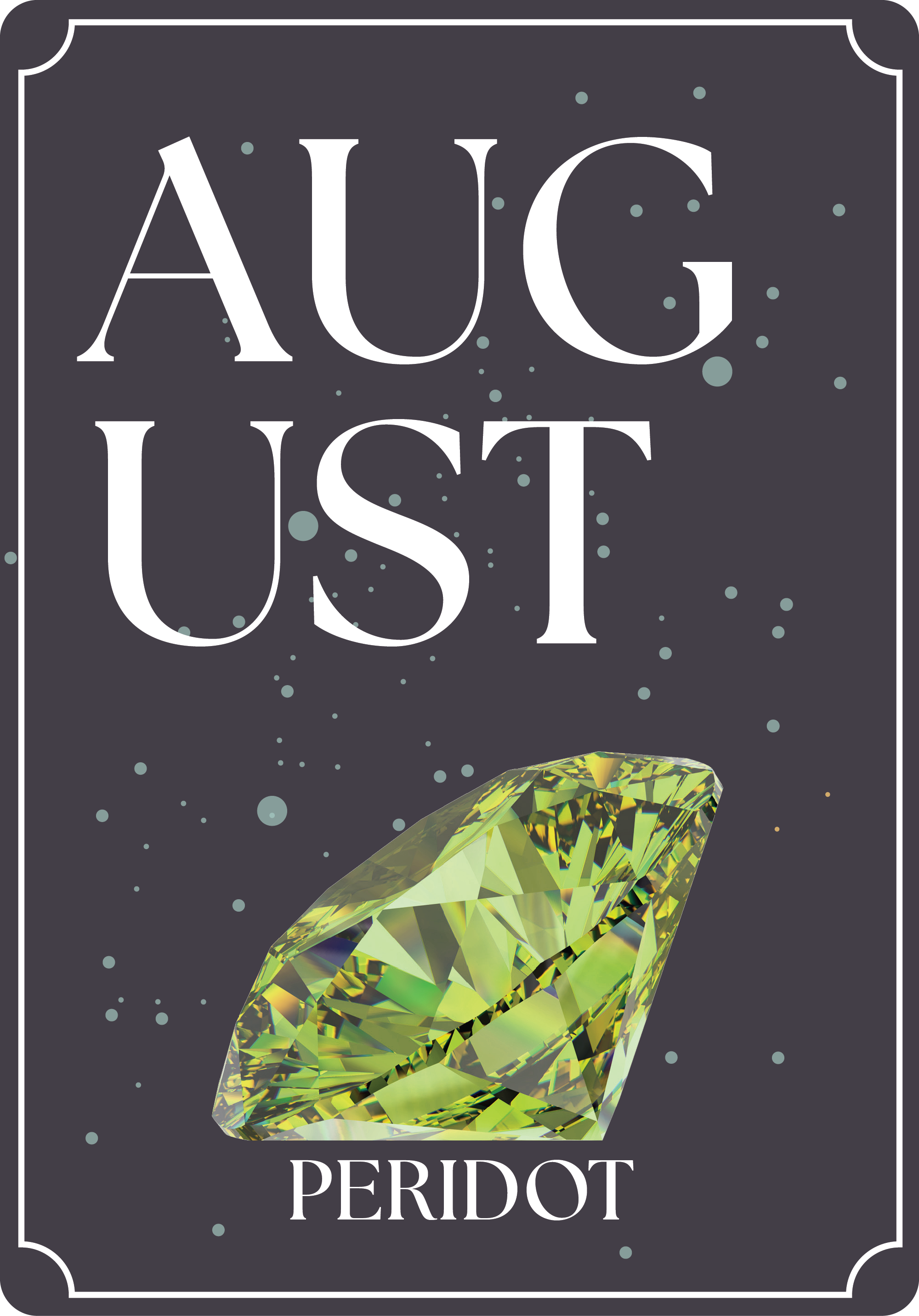
Modern Birthstone
AUGUST
Peridot, also known as Chrysolite, is the birthstone for August, recognised for its vibrant yellow and green colours that embody the essence of summer and sunlight. Peridot was officially designated as the August birthstone when the modern list of birthstones was standardised in 1912. However, outside of the Western world, it was not widely associated with August; instead, Sardonyx and Carnelian were more commonly linked to this month.
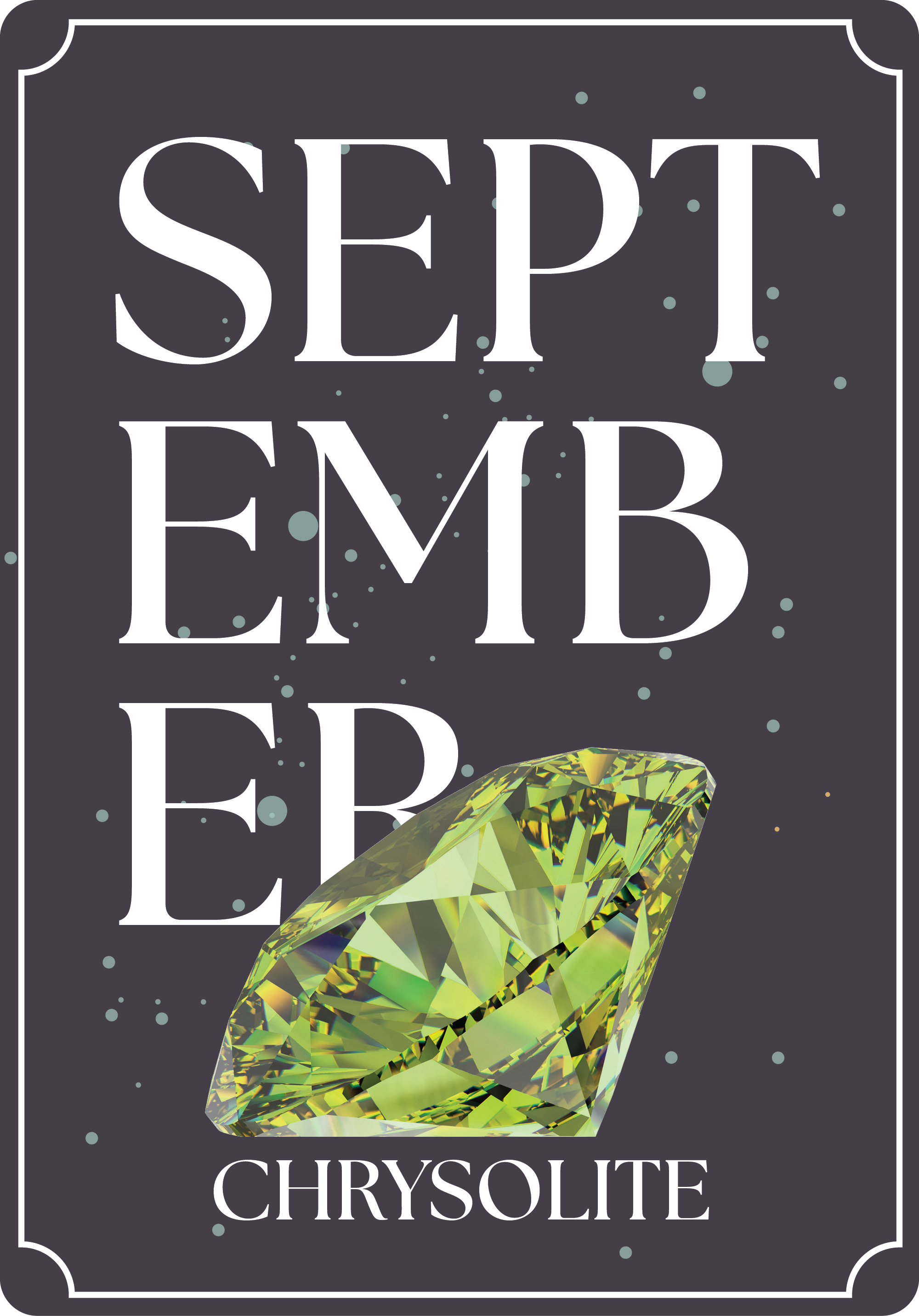
Traditional Birthstone
SEPTEMBER
Chrysolite, also known as peridot, is recognised as the birthstone for September in various non-Western cultures and beliefs, including Arabic, Hebrew, Italian, and Russian traditions. Peridot is the gemstone variety of the mineral olivine, and "chrysolite" is an older name for this same mineral when it is used as a gemstone. The name "chrysolite" is derived from the Greek words "chrysos," meaning golden, and "lithos," meaning stone.
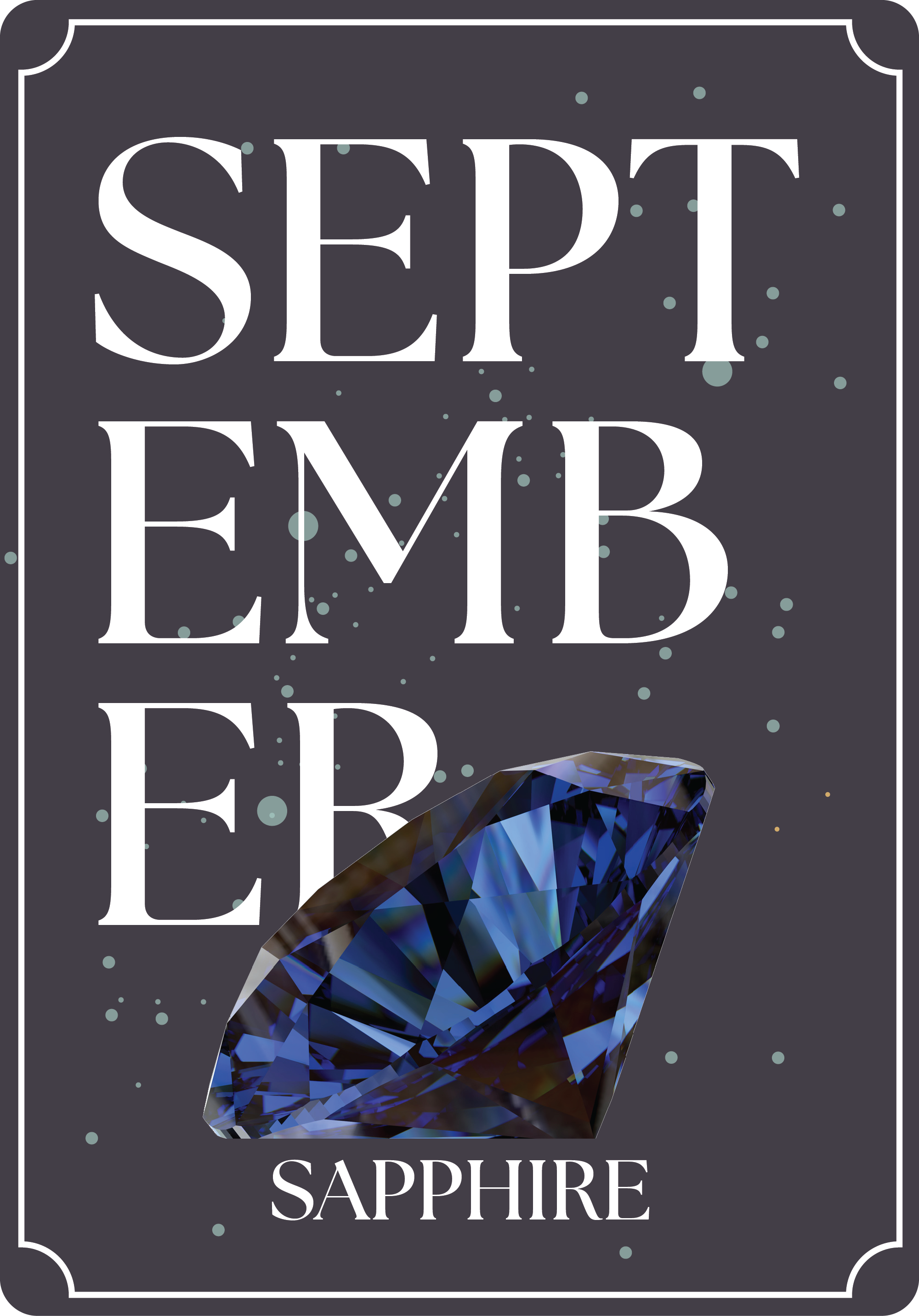
Modern Birthstone
SEPTEMBER
The September birthstone is the sapphire, which has traditionally symbolised sincerity, truth, faithfulness, and nobility. For centuries, sapphires have adorned European royalty and the robes of clergy members. Ancient Greek and Roman elites believed that blue sapphires protected their owners from harm and jealousy. In addition to sapphires, other stones such as agate, moonstone, chrysolite, zircon, and sardonyx are also associated with September in various belief systems outside of mainstream Western traditions.
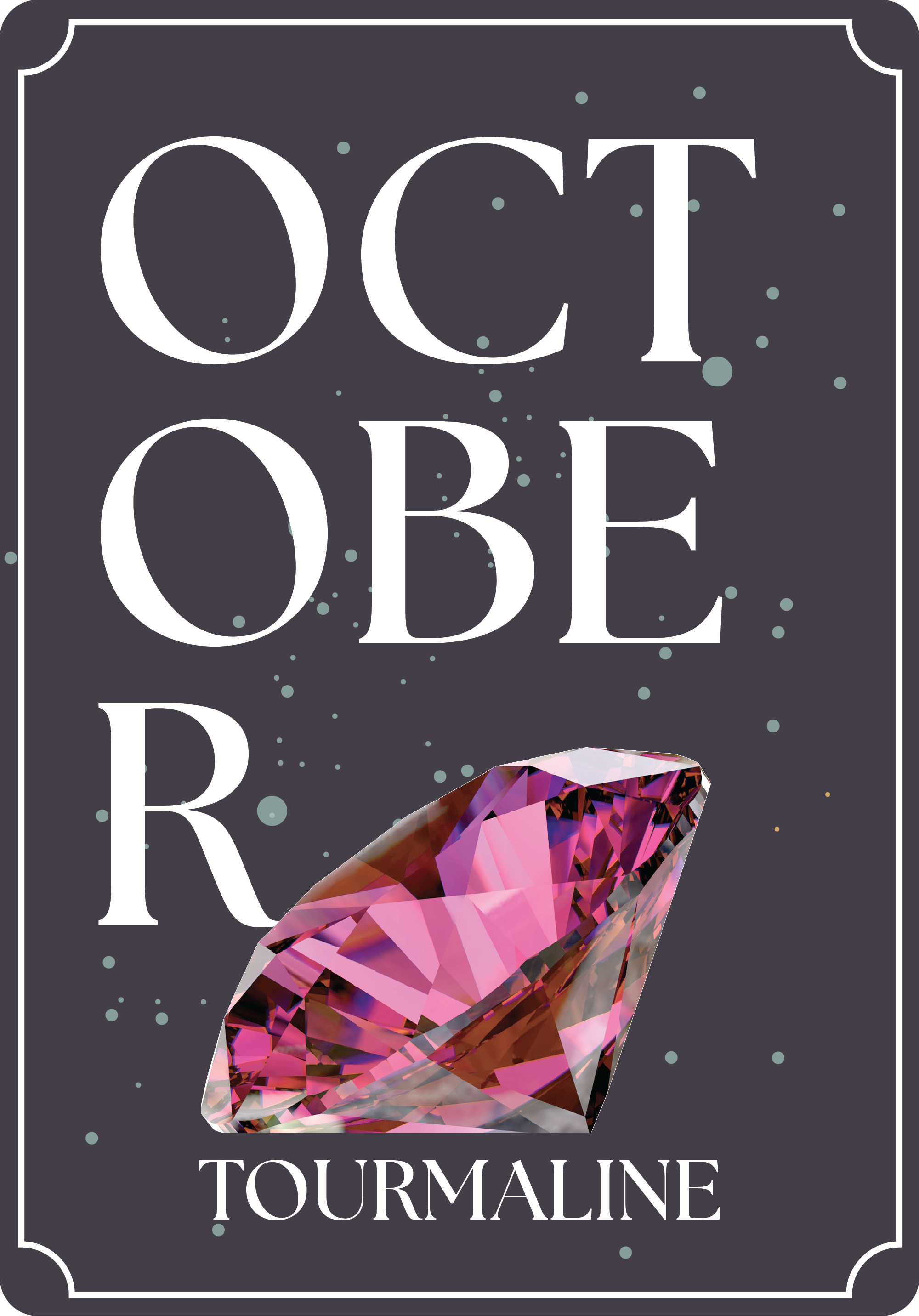
Modern Birthstone
OCTOBER
Those born in October enjoy two spectacular birthstones to commemorate their birthdays – opal and tourmaline. Both October birthstones have endless colour combinations and beautiful colouring characteristics. Egyptian legend maintains that during its formation, Tourmaline passed over a rainbow as it made its journey from the Earth's centre, which led to it assuming the seven colours of the rainbow.

Traditional Birthstone
OCTOBER
Traditionally, only Arabic, Hebrew, Polish & Roman beliefs linked Aquamarine with October. On modern birthstone lists, Aquamarine is now associated with March because it's loosely connected to the sea, which somehow then links it to Spring...? When the birthstone list was formally modernised, Tourmaline ousted Aquamarine, which in turn ousted Bloodstone and Jasper from March due to consumers wanting more accessible, affordable and 'Shiny' gemstones worked into their jewellery.
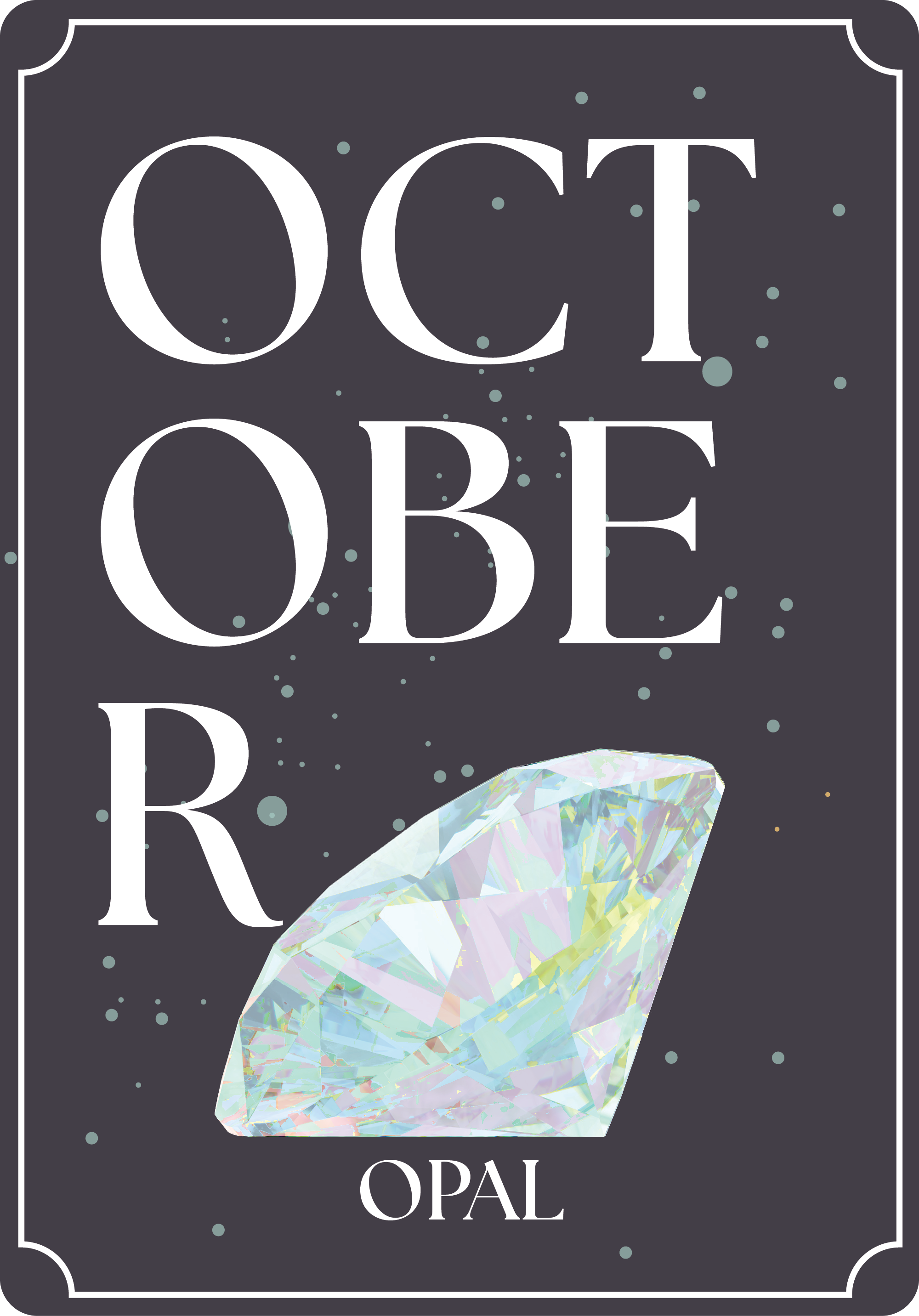
Modern Birthstone
OCTOBER
The vibrant kaleidoscopic colours and unique play of colour in opals reflect the artistic and balanced nature often associated with birthdays in October. Throughout history, opals have been highly valued, with ancient civilisations attributing magical properties to them. The Romans linked opals to good luck, while Europeans viewed them as symbols of purity and hope.
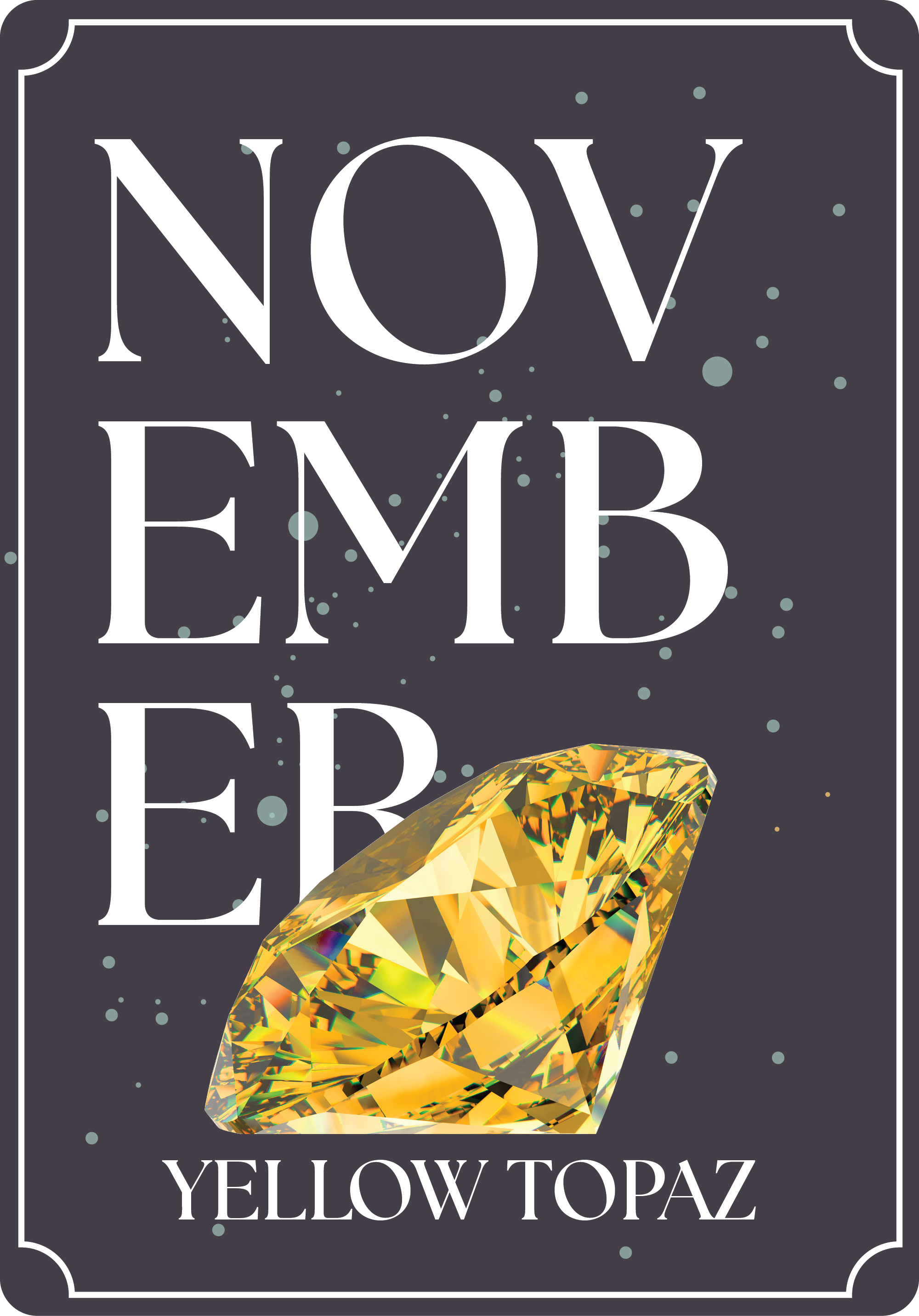
Modern Birthstone
NOVEMBER
November is associated with two birthstones: citrine and yellow topaz. Although both stones are commonly yellow, they are distinct gemstones with unique properties. Yellow topaz is believed to bring warmth, happiness, and positive energy. The warm, sunny hues of yellow topaz reflect the beautiful colours of autumn foliage and sunsets, capturing the essence of the season.
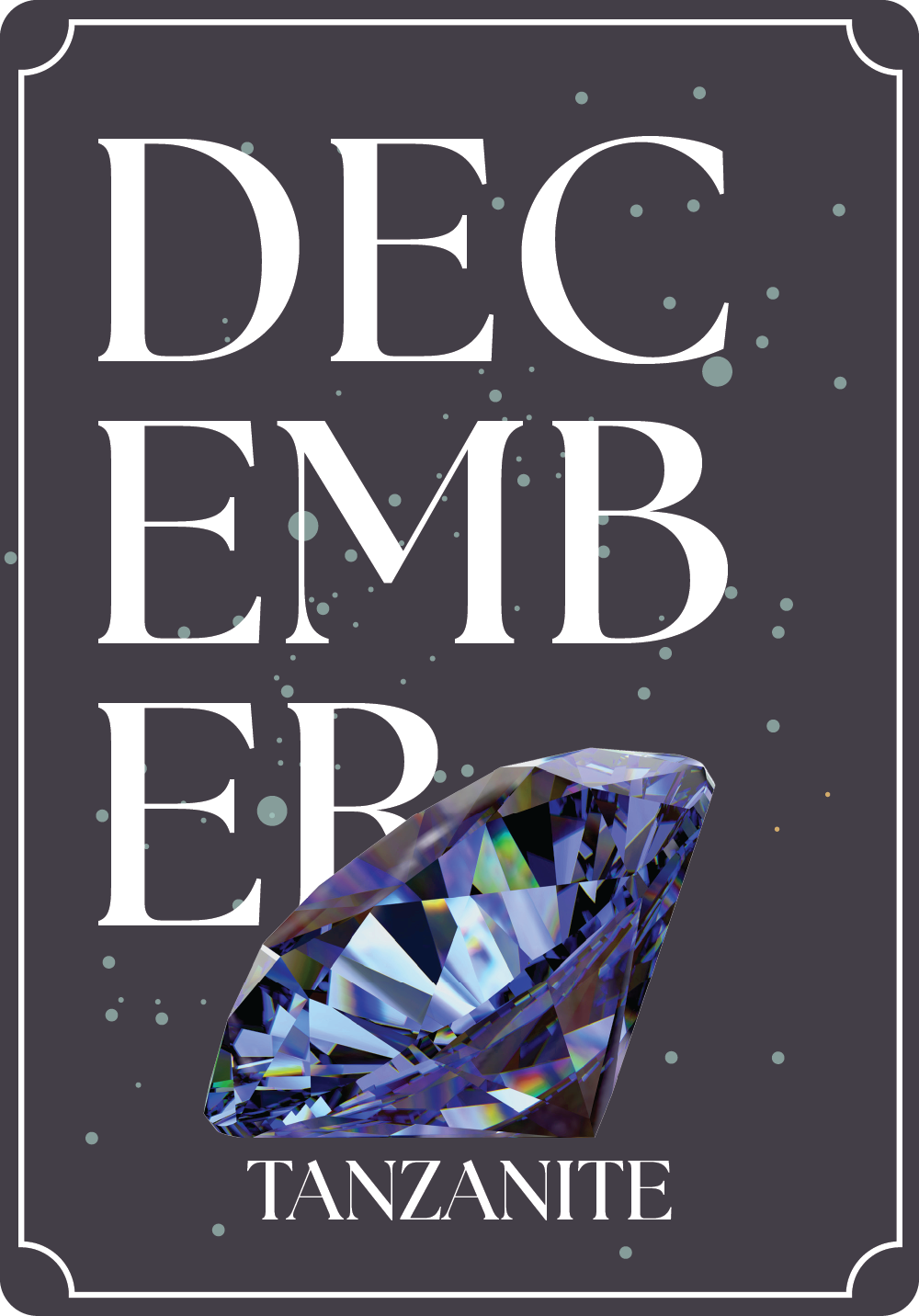
Modern Birthstone
DECEMBER
Tanzanite is one of the birthstones for December, a designation officially recognised by the American Gem Trade Association in 2002. This addition expanded the list of December birthstones, which previously included only turquoise and zircon, by introducing a stunning blue-violet gemstone option for those born in this month. Although tanzanite was discovered in 1967, its remarkable colour and rarity quickly made it a popular choice among gemstones. In cultures outside the West, rubies are typically linked to December.
Recently viewed products
An amazing recreation of a lost Ring!
EBJ Made such an amazing recreation of a ring I lost and at such a reasonable price. it was delivered quickly and I couldn't be happier with the result!
03 February 2025 | Handmade Bespoke Ring

Anona Raphael
An odd idea turned into a reality.
The service that Arran and EBJ had given us is second to none. We have had great communication, evening home visits for an easy process and now have two beautiful rings which we cannot wait to show everyone on our wedding day, and an eternity ring to match.
From start to finish EBJ has delivered for us, and we couldn’t be happier.
05 December 2024 | Two Handmade Bespoke Wedding Rings

Matthew Walton
Amazing Service
I couldn’t be happier with my experience working with EBJ to create a custom engagement ring. From start to finish, their responsiveness was top-notch and they were always quick to answer questions and provide updates throughout the process. The craftsmanship of the ring is absolutely amazing. You can tell they take immense pride in delivering only the highest quality. On top of that, the turnaround time was incredibly quick without compromising on the detail.
26 November 2024 | Handmade Bespoke Engagement Ring

Kieran
Great Service
Managed to get our wedding rings sorted for us in just under a week! They turned out exactly how we wanted. Thanks again!
28 September 2024 | Two handmade Bespoke Wedding Rings

Sian
Amazing Jeweller
Amazing engagement ring produced from a design that I chose and then we came to the final piece together. Explained all the options perfectly and felt in good hands! Very knowledgeable and helpful. Would not hesitate to use again.
16 September 2024 | Handmade Bespoke Engagement Ring

Eloise
Keep me updated
Newsletter
Be the first to discover our exciting new creations, exclusive offers, and upcoming launches! Sign up with your email below and let us keep you in the loop with the latest updates. We can’t wait to share our journey with you!
Member ID: 72090
NAJ Profile


